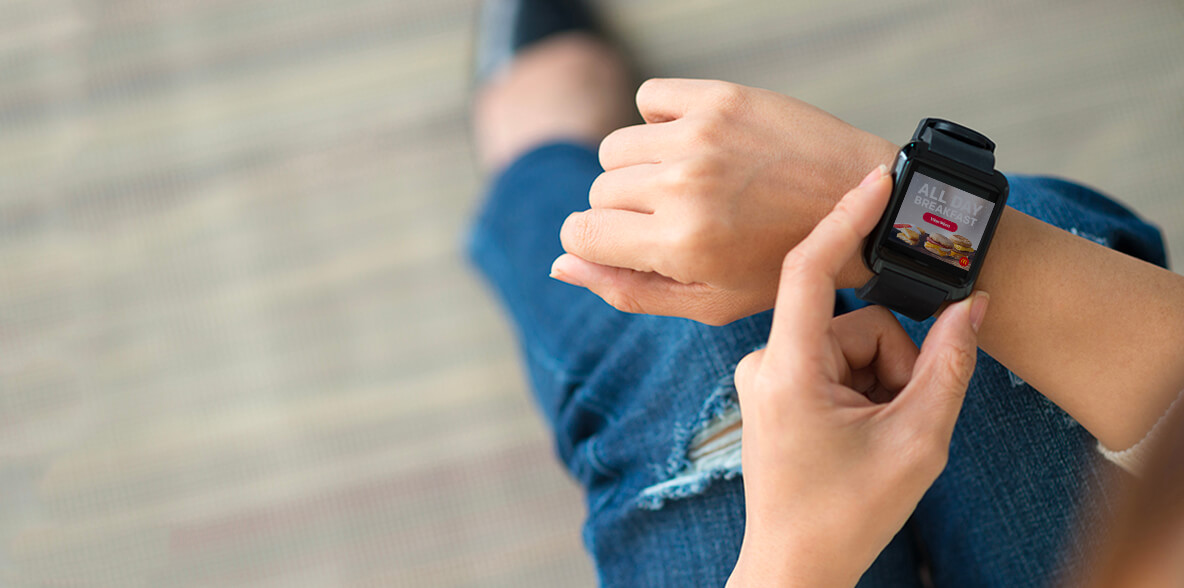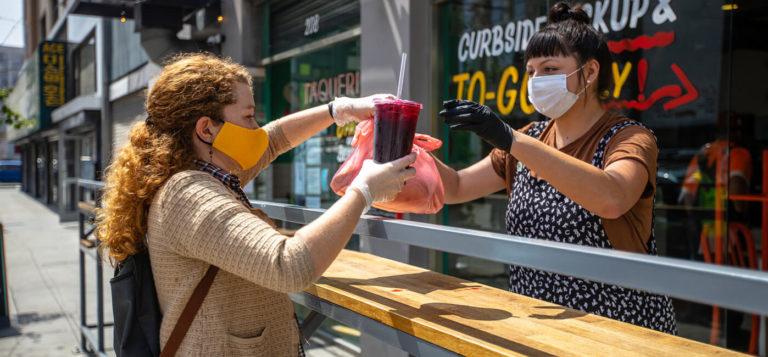Last year, Gartner reported that wearable technology needs to be more useful. With wearable abandonment rates hovering around 30 percent, the research company stressed the importance of creating more compelling value propositions.
eMarketer echoed similar sentiments when revising its previous growth estimates for wearable device usage. According to one of its analysts, “Without a clear use case for smart watches—which have more features than fitness trackers, but significant overlap with smartphone functionality—the more sophisticated, expensive [wearable] devices have not caught on as quickly.”
The wearables market may be leveling off, but that hasn’t changed the fact that this technology could be a game changer for brands. Those who are embracing it are doing exactly what Gartner and eMarketer are recommending, and making wearable tech more useful and functional for users. Commuters in the UK can now use their Apple Watches to find the nearest bus stop and plan their bus trips, and Android Wear smartwatch owners who are hungry for a slice can count on the Pizza Navigator app to point them to the nearest pizza place.
You can bet location technology will play a big part in wearables moving forward, too. Let’s take a closer look at the wearable tech opportunity, and the role that location-aware messaging could play within it.
Omnipresence
Wearables go where their users do, and that makes this technology incredibly important to marketers. Consumers already recognize the value of geographically-relevant offerings. Pew Research Center has reported that 90 percent of U.S. smartphone owners use location services on their devices, and that number is on the rise.
We’re likely to see marketers maximize wearables in similar ways to mobile-based advertising. When brands are always on hand to deliver location-specific messages that are useful to consumers—like maps to nearby retailers and information about current in-store product offers—they can create lasting and meaningful customer relationships.
Experience
Wearable devices like virtual reality headsets are already being used to create immersive brand experiences, and many of these take place on-site at festivals and in-stores. In Sweden, for example, McDonald’s transformed limited edition Happy Meal boxes into virtual reality viewers that allowed children to play a VR game. In order to participate in this exclusive experience, though, consumers first had to visit a select McDonald’s restaurant.
Imagine the location-aware activation possibilities. It won’t be long before brands are leveraging VR to deliver location-specific ads or offers associated with their immersive video experiences. Interest in virtual and augmented reality is increasing, with consumer and media insights company Nielsen reporting nearly a quarter of Americans 18 to 54 expect to use or buy VR technology this year. The ability to combine location targeting with wearable technology to deliver entertaining and purposeful brand experiences is one that marketers aren’t going to ignore.
Innovation
If there’s one more aspect of wearables that marketers can really capitalize on, it’s the technology’s capacity for innovation. In the near future, industries like hospitality and travel will begin to experiment with wearable technology’s unique functions, including haptics and vibrations. Marketers may soon be notifying consumers of location-specific retail offers in their area and nearby points of interest by vibrating their smartwatch.
Wearable tech is evolving and maturing with every passing day. Keep an eye on the unique opportunities that grow right along with it.





